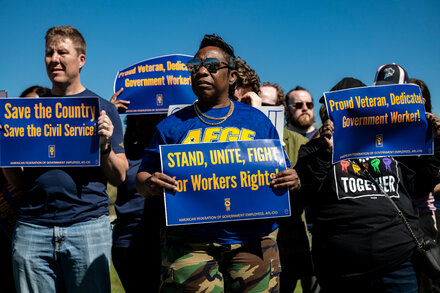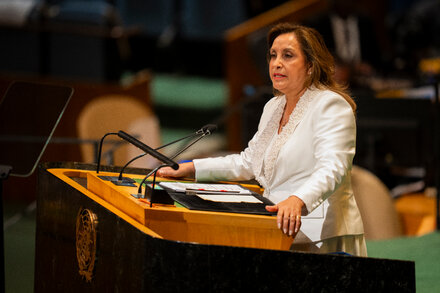Government shutdowns, once considered rare and often quickly resolved administrative inconveniences, have evolved into potent and politically charged events in American governance. Over recent decades, these fiscal impasses have grown demonstrably more severe, lasting longer, and reaching deeper into the lives of federal employees and the public alike.
From Legal Interpretations to Political Leverage
Prior to the 1980s, federal government shutdowns were largely a byproduct of legal interpretations regarding the Antideficiency Act, which prohibits federal agencies from spending money not appropriated by Congress. Early instances, particularly in the 1970s, were often brief and resulted from disagreements over specific spending bills rather than broader ideological conflicts. Many services continued uninterrupted, and the public impact was minimal.
A pivotal shift occurred in 1980 when Attorney General Benjamin Civiletti issued an opinion clarifying that government agencies could only operate during a lapse in appropriations if an immediate threat to life or property existed, or if explicitly authorized by law. This opinion solidified the concept of “essential” versus “non-essential” government functions during a shutdown, inadvertently laying the groundwork for more structured, and later, more impactful, fiscal halts.
The Turning Point: The 1990s Shutdowns
The mid-1990s marked a significant escalation in the nature of government shutdowns. Under President Bill Clinton and a Republican-controlled Congress led by Speaker Newt Gingrich, two major shutdowns occurred in late 1995 and early 1996. These were not merely administrative lapses but deliberate political maneuvers, primarily over budget priorities and the role of government.
Lasting 5 and 21 days respectively, these shutdowns caused more visible disruptions, including the closure of national parks and passport offices, and furloughs for hundreds of thousands of federal workers. These events brought the concept of a government shutdown into mainstream public consciousness as a tool in high-stakes political negotiations.
Escalation in the 21st Century
The trend towards longer and more far-reaching shutdowns continued into the 21st century, demonstrating an increasing willingness to use fiscal deadlines as leverage for policy demands.
The 2013 shutdown, lasting 16 days, was primarily driven by Republican efforts to defund or delay the Affordable Care Act. It led to the furlough of approximately 800,000 federal employees and broad disruptions across federal agencies, from scientific research to social services.
The longest government shutdown in U.S. history occurred from December 2018 to January 2019, spanning 35 days. Initiated over President Donald Trump’s demand for funding for a border wall, it affected 800,000 federal employees, with many forced to work without pay or placed on unpaid leave. The shutdown significantly impacted various government functions, including food inspections, airport security, and delayed tax refunds, causing considerable economic and personal hardship.
Factors Contributing to Increased Severity
Several factors have contributed to the escalating severity and reach of government shutdowns:
- Intensified Political Polarization: A deepening ideological divide between the two major parties has made compromise on budget matters increasingly difficult.
- Weaponization of the Budget Process: Appropriations bills, once routine legislative tasks, have become battlegrounds for broader policy disputes, with the threat of a shutdown used as leverage.
- Increased Scope of Government: As the federal government’s functions have expanded over time, more services and more people are affected when funding lapses.
- Media Scrutiny and Public Awareness: Greater media coverage amplifies the public’s awareness of shutdowns and their consequences, increasing pressure on policymakers.
From technicalities in fiscal law to potent instruments of political warfare, government shutdowns have undergone a profound transformation. What began as minor administrative inconveniences have evolved into disruptive, prolonged events that exact significant costs on federal workers, public services, and the national economy, reflecting a broader trend of legislative gridlock and heightened political stakes in Washington.
Source: Read the original article here.





